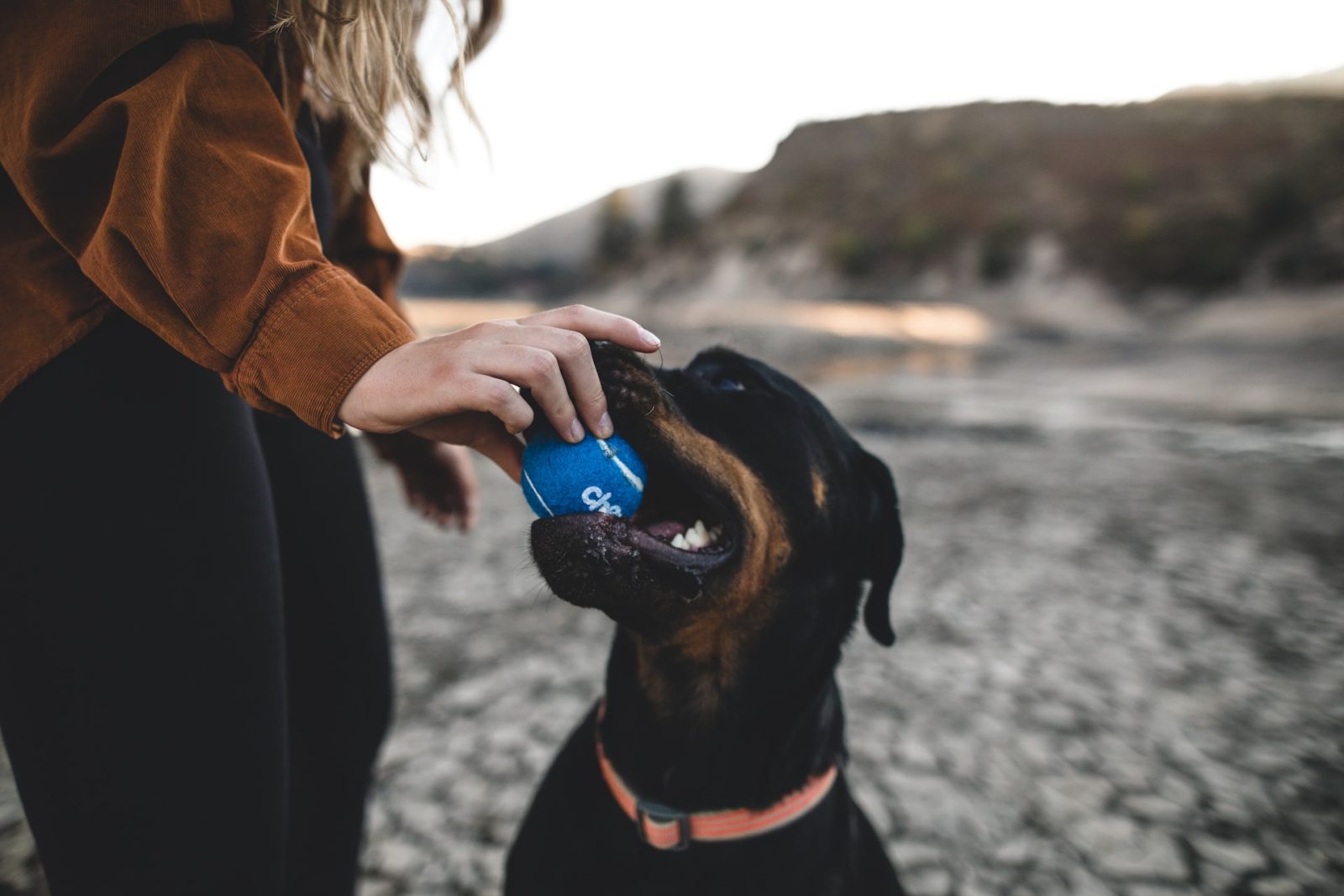How to Stop Separation Anxiety in Dogs
One of the most common and stressful behavioral issues in dogs is separation anxiety. According to experts, it affects as high as 14 percent of dogs. As it is a common behavior in dogs, it is also one of the most misunderstood. Usually humans react differently to stop separation anxiety in their pets and these can either make the behavior worse or make it more annoying than ever.
Separation anxiety has a variety of symptoms in dogs. Usually compared to anxiety behavior in small children, this type of anxiety may be related to the owner’s disappearance especially when the pet is left on his own during the day. But there are other reasons for anxiety in dogs and may be incorrectly classified as separation anxiety and these should be completely analyzed to provide the best strategy to control a dog’s behavior.
Symptoms Of Separation Anxiety In Dogs
- Chewing – as humans chew to control anxiety, dogs can chew on anything to reduce their own feelings of anxiety. They can chew on slippers, carpets, toys, pillows, sofas and anything that they can get their hands on. Chewing becomes destructive since it destroys things and furniture.
- Whining and barking – very similar to a crying child, a dog may whine and bark as soon as you leave the door.
- Escaping – your dog is desperate to follow you and look for you that it can destroy your door, tear down screen doors, jump over fences or even dig underneath fences just to get out. Take not that your dog does not do this behavior when you are at home
- Destroying property – your dog could destroy items or furniture inside your home or dig your garden or yard. They could invade your kitchen, raid the trash bins and trash your home until you come home.
- Self-mutilation – dogs will chew on himself, will lick and drool excessively because of stress.
- Toileting – this is an unusual behavior in dogs that are toilet-trained. They move their bowels anywhere even inside your home when you are away which is a sign of stress and anxiety as well.
There can be more signs of stress and anxiety in dogs but the main thing is that it cannot be solved by exercise, discipline and basic training. You have to address the main reason why your dog is acting up and this is not because you are away from home.
Your dog lacks confidence and does not see your authority at all. He does not find any reference to a pack leader who will correct his behavior and lead him to the right path. The key is to show your dog who the pack leader is and that he is a member who must follow you.
Start with dealing with stress and agitation. Wait till your dog is completely calm and submissive before you do anything. Never start an activity like a walk, play or training when he is yapping and barking.
Incorporate exercise in your regimen by taking time to reduce your pet’s pent up energy every day. This is a firm commitment that every owner and pack leader has to adhere to. You must commit ample time each day for exercise.
Finally, you should also consider physiologic conditions that your pet might also have which could be responsible for his behavior. As you are a pack leader, you are also the parent of your dog and his health comes first at all times. To monitor your dog, install cameras to check on him during times when you are not at home. Compare his behavior to when you are at home and identify the difference. You can also talk to your vet for health concerns.










Leave a Reply